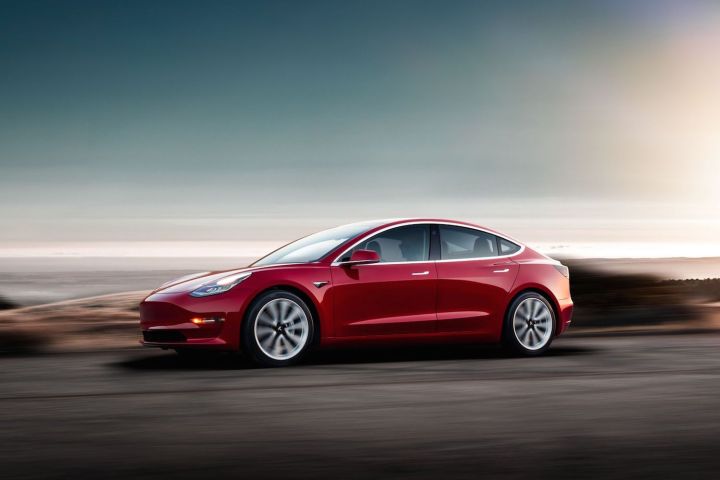
Tesla again demonstrated what its over-the-air software updating system is capable of, this time by making the Model 3 a little bit more powerful. The extra power was included in the latest firmware update, and it applies to every variant of the Model 3, regardless of build date. Best of all, it’s free.
Many Model 3 owners recently saw a message on the car’s 15-inch touchscreen informing them that their car had received a roughly 5-percent increase in power. That’s not huge — it’s not like Tesla doubled the Model 3’s output — but the sedan should feel noticeably quicker off the line and around town. The range-topping Performance model gained about 23 horsepower and 24 pound-feet of torque, while its top speed increased from 155 to 162 mph.
The Drive learned from Tesla CEO Elon Musk that the company waited more than a year to unlock more power because it wanted to examine real-world data to make sure doing so was safe. The power increase will take a greater toll on the motors and on the lithium-ion battery pack, among other parts, but Musk said Tesla’s research shows the components can handle it without a decrease in reliability or driving range.
The over-the-air firmware update that unlocked more power also added other new features, including Tesla’s Sentry Mode, which is a bulked-up alarm that turns the eight cameras needed for semiautonomous driving into a security guard while the car is parked. It’s like a dash cam, but better. There’s also Dog Mode, which lets owners leave their pets in the car at a comfortable temperature while displaying a message on the screen to let pedestrians know they shouldn’t worry.
It’s not unheard of for automakers to make software and hardware modifications to their cars a year or more into a production run. The feedback received from initial customers helps car companies identify potential problems or areas in which they can make improvements. Unless they’re urgent, the changes are normally rolled out as part of an annual model year update. Tesla’s over-the-air technology signals the direction every company, regardless of whether or not they’re competing against the firm or dabbling in electric vehicles, should follow in the coming years.
Editors' Recommendations
- Tesla to begin production on new, more affordable models
- Cybertruck production reportedly halted over pedal issue
- Tesla faces new rival as a tech giant launches its first EV
- Here’s how Ford will give EV customers Tesla Supercharger access
- New Model 3 ‘takes out the baby fat,’ Tesla designer says in new video




